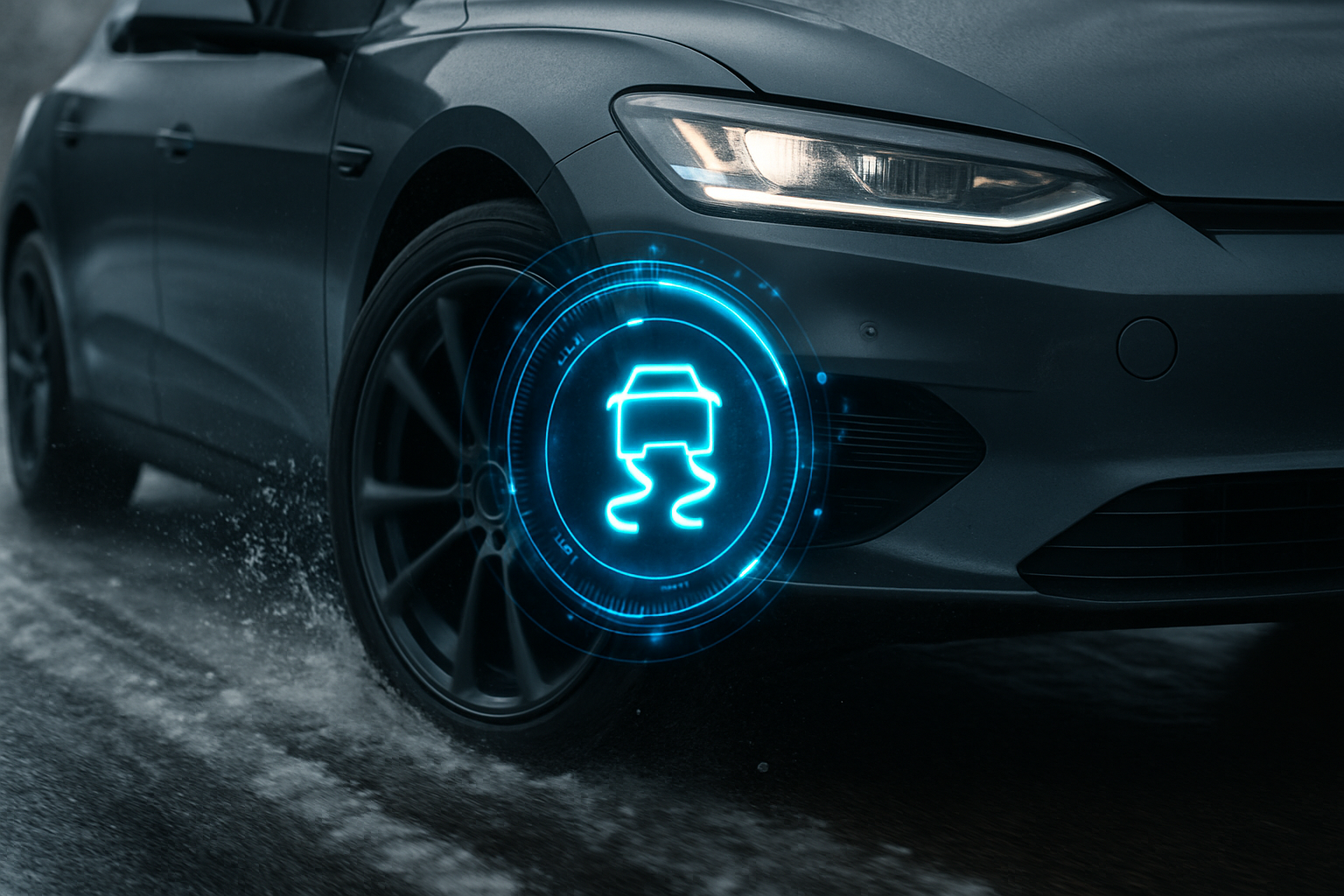Harnessing Magnetic Levitation in Automotive Suspension
The future of automotive engineering is floating on the horizon, quite literally. As we delve into the cutting-edge world of magnetic levitation in automotive suspension systems, we're witnessing a paradigm shift that could redefine the very concept of how our vehicles interact with the road. This revolutionary technology promises to elevate ride comfort, handling, and efficiency to unprecedented levels, potentially reshaping the automotive landscape as we know it.

From Rails to Roads: Adapting Maglev for Automobiles
Translating maglev technology from train tracks to car wheels presents unique challenges. Engineers have been grappling with the complexities of creating a system that can maintain stability and control in the dynamic environment of everyday driving. Unlike trains, which follow a fixed path, cars must navigate turns, uneven surfaces, and sudden obstacles. The development of sophisticated control algorithms and rapid-response electromagnets has been crucial in overcoming these hurdles.
The Mechanics of Magnetic Suspension
At the heart of magnetic suspension systems are powerful electromagnets installed in the wheel wells and corresponding plates on the wheel assemblies. These electromagnets create a magnetic field that can be precisely controlled to adjust the vehicle’s height, damping, and overall ride characteristics. Sensors continuously monitor road conditions and vehicle dynamics, allowing the system to make split-second adjustments to maintain optimal performance and comfort.
Advantages Over Traditional Suspension
The benefits of magnetic suspension are manifold. First and foremost is the unparalleled ride quality. By eliminating physical contact between the suspension components, magnetic systems can provide a smoother ride than even the most advanced air suspension setups. The absence of mechanical wear and tear also promises significantly reduced maintenance costs and increased longevity.
Moreover, the ability to instantly adjust suspension characteristics opens up new possibilities for vehicle dynamics. Imagine a car that can lower its center of gravity for improved cornering or raise its ride height to navigate rough terrain, all at the push of a button. The potential for customization and adaptability is virtually limitless.
Energy Efficiency and Environmental Impact
One of the most compelling aspects of magnetic suspension is its potential for energy efficiency. Traditional suspension systems dissipate energy through heat and friction, effectively wasting power that could be used to propel the vehicle. Magnetic systems, on the other hand, can potentially recover some of this energy, much like regenerative braking systems in electric vehicles. This could lead to improved fuel efficiency in conventional vehicles and extended range in electric cars.
Challenges and Hurdles
Despite its promise, magnetic suspension technology faces several significant challenges before widespread adoption becomes feasible. The most pressing issue is cost. The powerful electromagnets and sophisticated control systems required for magnetic suspension are currently prohibitively expensive for mass-market vehicles. Additionally, the increased power demands of these systems present challenges for integration into existing vehicle architectures, particularly for electric vehicles where energy management is critical.
There are also concerns about the long-term reliability and durability of magnetic suspension systems in real-world conditions. Exposure to extreme temperatures, moisture, and road debris could potentially affect the performance of the electromagnets and sensors. Extensive testing and refinement will be necessary to ensure these systems can withstand the rigors of daily driving.
The Road Ahead: Future Developments and Integration
As research and development in this field continue, we can expect to see incremental improvements that address current limitations. Advances in materials science, particularly in the realm of high-temperature superconductors, could lead to more efficient and compact electromagnetic systems. Similarly, the ongoing development of artificial intelligence and machine learning algorithms could enhance the responsiveness and adaptability of magnetic suspension control systems.
Integration with other emerging automotive technologies also holds exciting possibilities. For instance, combining magnetic suspension with autonomous driving systems could create vehicles that anticipate and adjust to road conditions before the driver even perceives them. This synergy between various cutting-edge technologies has the potential to revolutionize the driving experience.
A Floating Future
As we stand on the cusp of this automotive revolution, it’s clear that magnetic levitation suspension systems represent more than just an incremental improvement in vehicle technology. They embody a fundamental rethinking of how our cars interact with the world around them. While significant challenges remain, the potential benefits in terms of comfort, performance, and efficiency make this a technology worth watching closely.
The journey from concept to widespread implementation may be long, but the destination promises to be nothing short of transformative. As automotive enthusiasts and industry observers, we find ourselves in the privileged position of witnessing the early stages of what could be the next great leap forward in automotive engineering. The road ahead may be bumpy, but with magnetic suspension, we might just float right over those bumps into a smoother, more efficient future.





